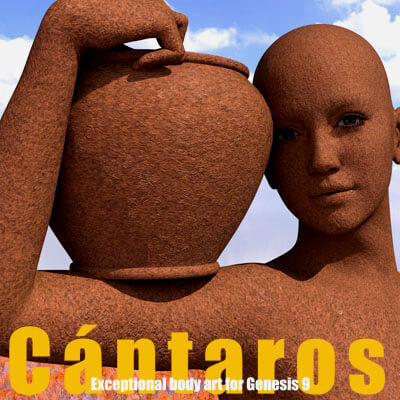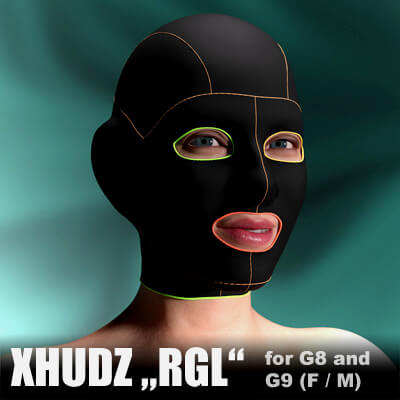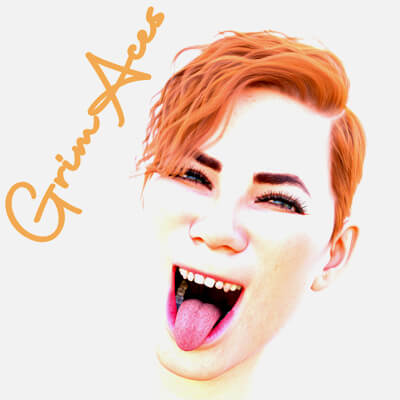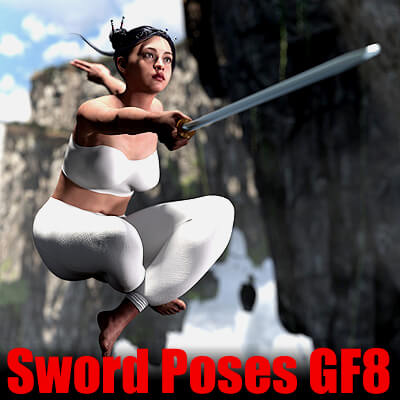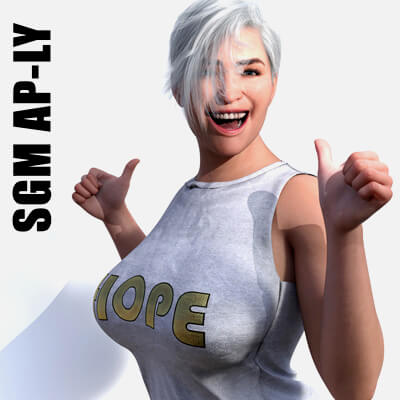! REPORT
Cantaros (F.A.Q.)
3D Render by Pushee-RiThese are the F.A.Q. of my upcoming project "Cantaros"
-----------------------------------------------------------------------------
Q: Is the project difficult to use?
A: No. The scripts do most of the work for you.
Q: Why is the project called Cantaros?
A: The project was inspired by the official video clip of the group Newen Afrobeat for the song "Cantaros"
Q: What is the meaning of Cantaros?
A: Cantaros means "jugs" in Spanish. And when it rains "a cantaros" it rains cats and dogs.
Q: Can I also use the project for male models?
A: Yes, you can
Q: Are Anatomical Elements covered too?
A: Nope
Q: Can I combine different "Overlay" material presets?
A: Yes, but you should not use more than 3 overlays
Q: Can I use an Overlay material for the Base object?
A: Yes - but it may look a little strange ...
Q: What are the Shaders for?
A: Cantaros is designed for use with nude models - but if you do want to use additional briefs or a bra, you can color the clothing in the style of the base Cantaros material.
Q: How do I use the Shaders?
A: Select the object you want to color in the "Scene" pane, switch to the "Surfaces" pane and select all (!) Surface Groups of the object there. Now you can assign the Shader as usual.
Q: How can I move, scale, etc. the Overlay material?
Moving:
Simply select the Overlay, switch to the "Surfaces" pane and scroll down the list of options until you see "Horizontal offset" or "Vertical offset". If you change the values (slightly!), you will see how the materials change their position. That's it
Scaling / Flipping:
Select the Overlay, switch to the "Surfaces" pane and scroll down the list of options until you see "Horizontal Tiles" or "Vertical Tiles". If you change the values to -1.00, the materials will be
mirrored or flipped.
You can also use the "Tiles" options to scale the materials. Smaller values enlarge the material, larger values reduce it ... and can also lead to doubling, as the changed value is a "Tile" option.
-----------------------------------------------------------------------------
Q: Is the project difficult to use?
A: No. The scripts do most of the work for you.
Q: Why is the project called Cantaros?
A: The project was inspired by the official video clip of the group Newen Afrobeat for the song "Cantaros"
Q: What is the meaning of Cantaros?
A: Cantaros means "jugs" in Spanish. And when it rains "a cantaros" it rains cats and dogs.
Q: Can I also use the project for male models?
A: Yes, you can
Q: Are Anatomical Elements covered too?
A: Nope
Q: Can I combine different "Overlay" material presets?
A: Yes, but you should not use more than 3 overlays
Q: Can I use an Overlay material for the Base object?
A: Yes - but it may look a little strange ...
Q: What are the Shaders for?
A: Cantaros is designed for use with nude models - but if you do want to use additional briefs or a bra, you can color the clothing in the style of the base Cantaros material.
Q: How do I use the Shaders?
A: Select the object you want to color in the "Scene" pane, switch to the "Surfaces" pane and select all (!) Surface Groups of the object there. Now you can assign the Shader as usual.
Q: How can I move, scale, etc. the Overlay material?
Moving:
Simply select the Overlay, switch to the "Surfaces" pane and scroll down the list of options until you see "Horizontal offset" or "Vertical offset". If you change the values (slightly!), you will see how the materials change their position. That's it

Scaling / Flipping:
Select the Overlay, switch to the "Surfaces" pane and scroll down the list of options until you see "Horizontal Tiles" or "Vertical Tiles". If you change the values to -1.00, the materials will be
mirrored or flipped.
You can also use the "Tiles" options to scale the materials. Smaller values enlarge the material, larger values reduce it ... and can also lead to doubling, as the changed value is a "Tile" option.
























